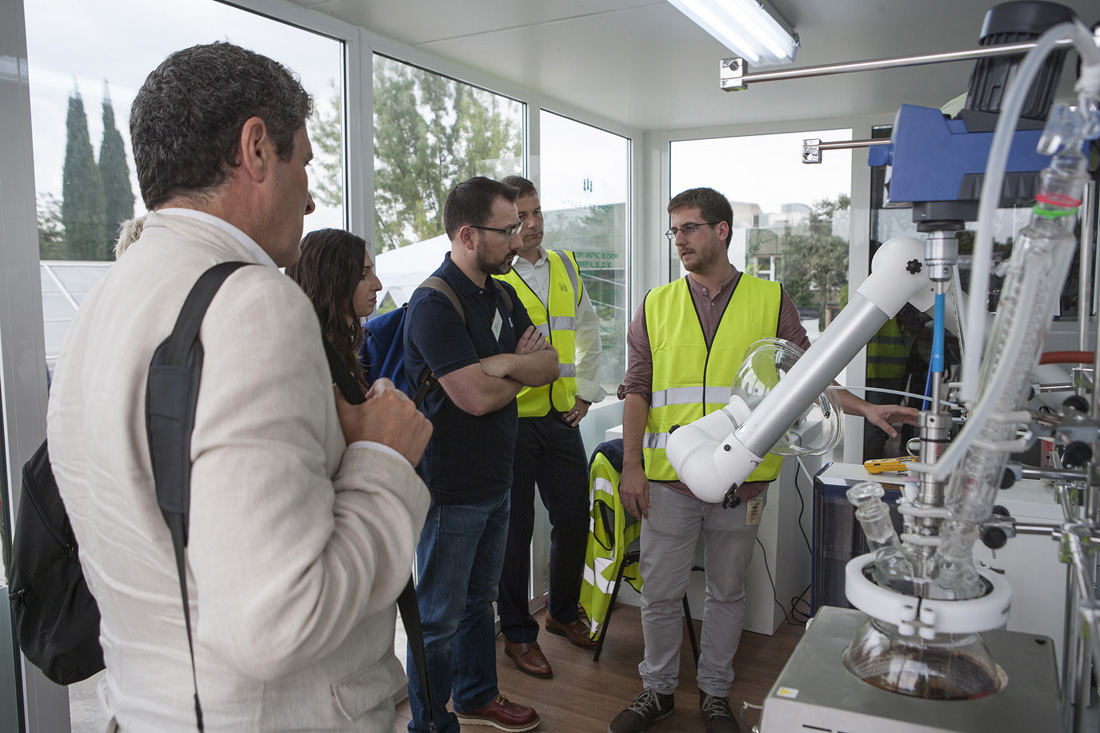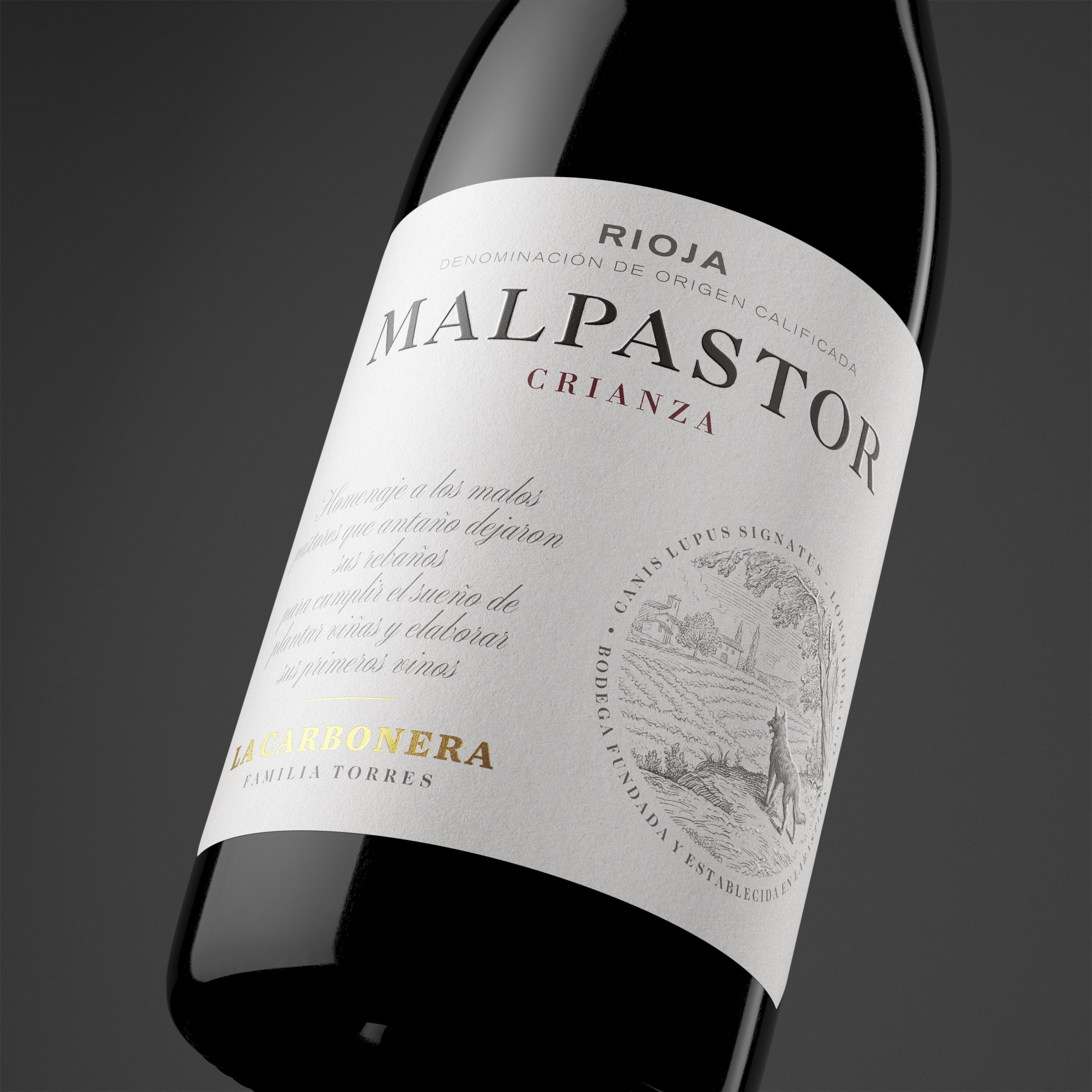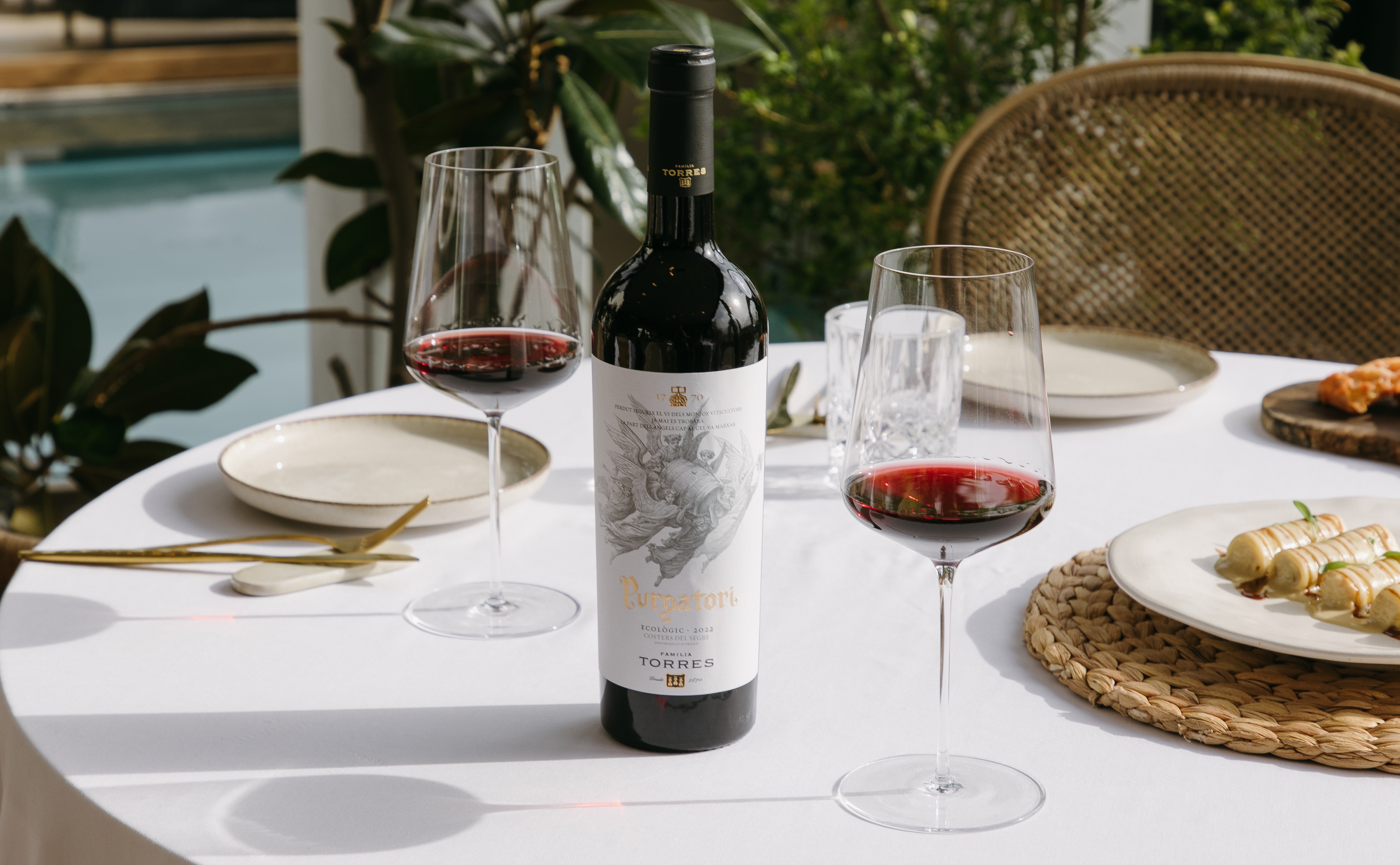Torres experiments with technologies in cooperation with companies and universities to minimize its carbon footprint
Bodegas Torres sees an opportunity in capturing and reusing CO2 from the wine fermentation process to minimize its carbon footprint and limit the effects of climate change. The Penedès family winery wants to go a step further in its environmental commitment to reduce its CO2 emissions by 30% a bottle from 2008 to 2020, showing the way towards a Carbon Neutral commitment.
Bodega Torres agrees with the experts that the only way of keeping emissions at a level that will prevent average temperature increases of above 2ºC agreed at the COP 21 in Paris, which would be very critical for the vine-growing industry, is to limit the concentration of CO2 in the atmosphere by developing technologies to allow these gases to be captured and reused.
This is why Bodegas Torres is researching and supporting the development of CCR (Carbon Capture and Reuse) technologies, in cooperation with universities and technology companies, to seek ways of making use of the CO2 produced. For these partners, the winery is an ideal testing ground for studying and developing this type of technology because of the availability of large quantities of highly concentrated CO2 generated during alcoholic fermentation, as well as the availability of renewable energies there.
The projects Bodegas Torres is working on were presented to the media yesterday at an event in Vilafranca del Penedès presided over by Miguel A. Torres, together with the environment team. According to the President of Bodegas Torres: “The wine sector has in its own hands the capacity to lead the adoption of CO2 capture and reuse technologies to considerably reduce emissions. This certainly involves a change of paradigm and is a long, necessary and viable road towards achieving a zero-emissions winery within 10 to 15 years.”
Alternative uses for CO2 from fermentation
The Bodegas Torres environment team has carried out tests with eight different technologies offering alternative uses of the CO2 produced during fermentation. Some of these could be implemented at industrial level, while others are at the development phase. These technologies can be grouped into biological capture and chemical capture technologies. The first group would include, for example, microalgae that could be used as biomass; carbon fertilization; or charcoal (biochar) generation. In the second group, the projects are grouped depending on what is obtained from the process: energy or products.
To obtain energy, tests have been carried out with power-to-gas (obtaining hydrogen from electrolysis of water with electricity from renewable energies), and methanation (transformation of CO2 and hydrogen into methane using methane-producing microorganisms). In the case of products, CO2 can be used, for example, to obtain bicarbonate or as a basis for synthesizing cyclic organic carbonates to obtain solvents.
Ultimately, the tests carried out at Bodegas Torres are intended to show the range of possibilities offered by these technologies as a future solution for fighting climate change, particularly if they are combined, and the need to support the development of these technologies to accelerate their large-scale implementation.
The increase in temperatures brings forward the grape harvest every year, which could affect the quality of wines and even change the vine-growing map. This has put the fight against climate change at the heart of Bodegas Torres’ environmental policy since 2008. To June, the winery had reduced its CO2 emissions by 18.9% a bottle across the entire scope, from the vine to final transport, by implementing measures that include energy efficiency measures, alternative energies and eco-efficient transport.



